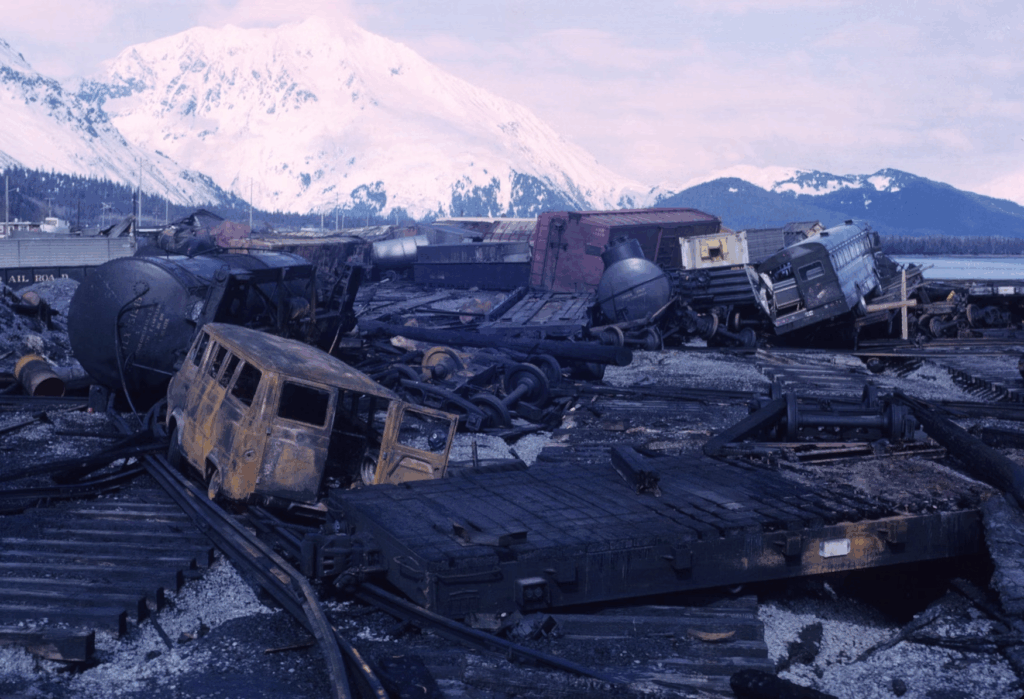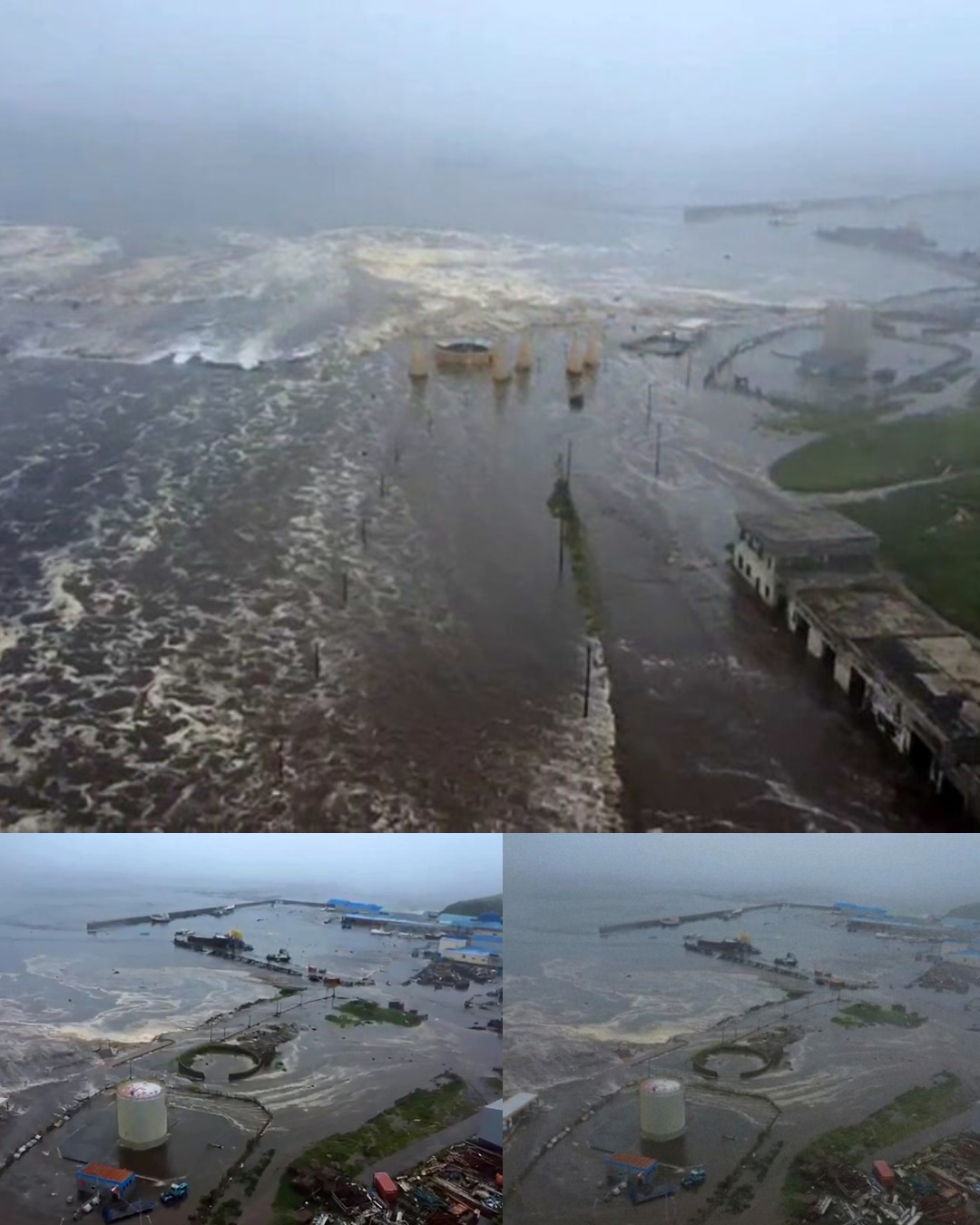A massive 8.8-magnitude earthquake struck off the Far Eastern Kamchatka Peninsula in Russia on Wednesday, causing significant shaking and triggering tsunami waves up to 5 meters (16 feet) high in the immediate area. The quake, which prompted evacuation orders across the Pacific, including Hawaii, Japan, and parts of the U.S. West Coast, left a trail of destruction and concern for widespread coastal regions.
Tsunami Waves and Evacuations Across the Pacific
The earthquake occurred in a seismically active region and triggered waves that reached Hawaii, Japan, California, and even parts of Canada. The Pacific Tsunami Warning Center initially issued a tsunami warning, but by 08:50 GMT, the warning level was lowered, confirming that no significant tsunami was expected.
In Hawaii, tsunami waves up to 1.7 meters (5.5 feet) were recorded, leading to evacuations across coastal areas. The U.S. Coast Guard ordered ships out of harbors and advised people in coastal regions to evacuate to higher ground. Flights from Honolulu resumed later, but Maui’s main airport remained closed due to the emergency. Meanwhile, parts of California and British Columbia also experienced smaller tsunami waves, measuring about half a meter.
 Source: Unsplash
Source: Unsplash
The Earthquake’s Impact on Russia’s Kamchatka Peninsula
The earthquake struck at a shallow depth of 19.3 km (12 miles) near the city of Petropavlovsk-Kamchatsky, which is home to approximately 165,000 people. Residents of the city, including medical professionals in the middle of surgeries, experienced intense shaking that lasted for several minutes.
Yaroslav, a local resident, shared his terrifying experience: “I decided to leave the building. It felt like the walls could collapse any moment. The shaking lasted continuously for at least 3 minutes.” The tremors were strong enough to shake the tools and floor of a medical facility during surgery, as seen in footage released by the region’s health ministry.
Tsunami Damage and Destruction
Tsunami waves that followed the earthquake wreaked havoc in coastal towns. Severo-Kurilsk, a town in the northern Kuril Islands south of Kamchatka, saw waves up to 5 meters, washing away boats from their moorings and partially flooding facilities, including a fish processing plant. The town’s entire shoreline was submerged, and drone footage captured the destruction, with water gushing back into the sea around taller buildings and storage facilities.
Kamchatka’s Governor Vladimir Solodov confirmed that this earthquake was the strongest in decades. “Today’s earthquake was serious, the strongest in decades of tremors,” Solodov said in a video shared on Telegram. Local authorities in Kamchatka have been working to assess the damage, and fortunately, there have been no recorded fatalities or major injuries so far.
Global Tsunami Warnings and Aftershocks
As a result of the massive quake, tsunami warnings were issued across several Pacific nations. Tens of thousands of people in Japan were ordered to evacuate coastal areas. Notably, workers at Japan’s Fukushima nuclear plant, which had been severely impacted by the 2011 tsunami, evacuated as a precaution. Fortunately, no anomalies were reported at the nuclear site.
Tsunami waves of 1.3 meters (4.3 feet) were recorded in Japan, and several aftershocks followed the main quake, keeping emergency services on high alert. Officials in Japan confirmed that no injuries or significant damage had occurred at nuclear facilities, and evacuations were carried out efficiently. However, a tragic accident occurred in the Mie prefecture, where a 58-year-old woman’s car plunged off a cliff while evacuating.
The Ring of Fire and Earthquake Activity
This earthquake highlights the ongoing seismic activity in the Pacific Ring of Fire, a geologically active area known for frequent volcanic eruptions and earthquakes. Danila Chebrov, director of the Kamchatka Branch of the Geophysical Service, mentioned that despite the high magnitude of the earthquake, the intensity of the shaking was not as severe as one might expect due to the specific characteristics of the epicenter.
Aftershocks continued to shake the region, though experts indicated that the intensity would likely decrease in the coming days. The situation in Kamchatka remains under control, with authorities and emergency services working to assess and manage the ongoing risks.
Global Implications of the Kamchatka Earthquake
This powerful earthquake and subsequent tsunami waves remind us of the vulnerability of coastal communities worldwide to natural disasters, particularly in the Pacific. Governments and residents of regions along the Pacific coast continue to monitor seismic activity closely, knowing that the region is susceptible to powerful earthquakes and tsunamis. The situation also underscores the importance of preparedness, early warning systems, and the global cooperation needed to respond to such natural disasters.
Though the immediate threat from the tsunami has passed, the ongoing aftershocks and recovery efforts in affected regions will continue to require international attention and support.


